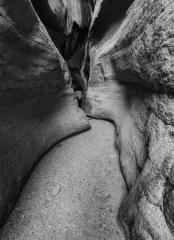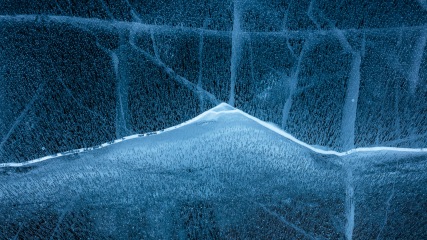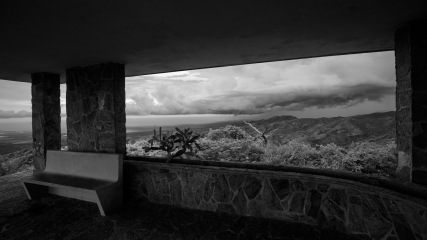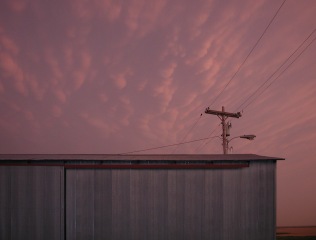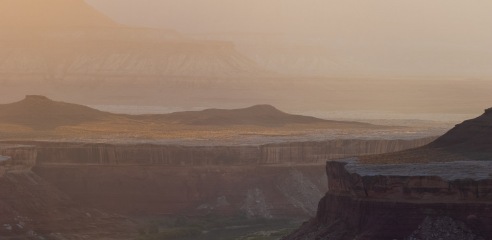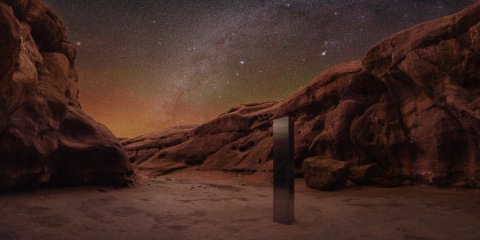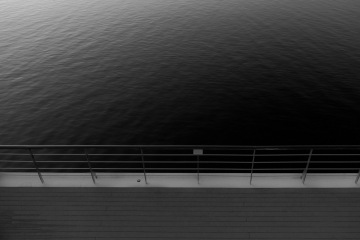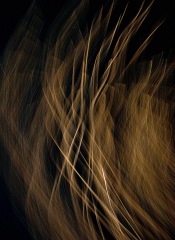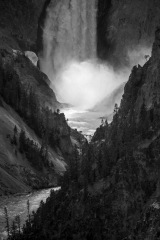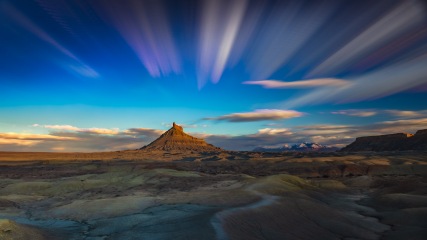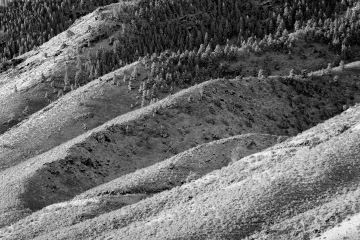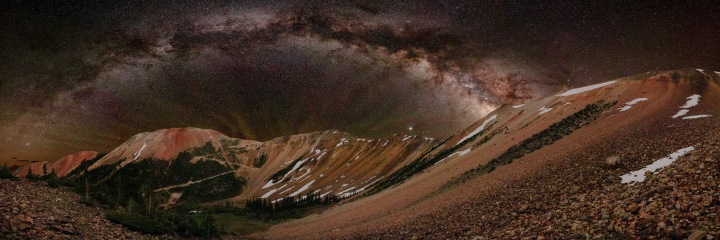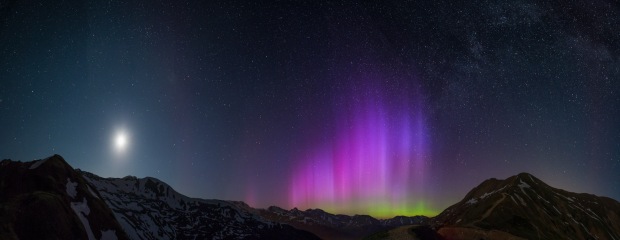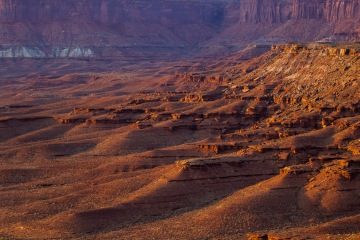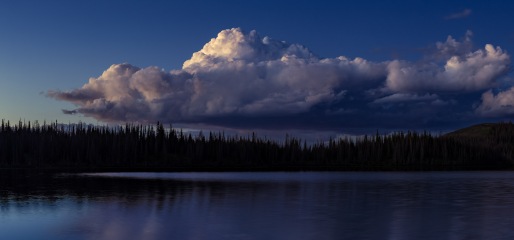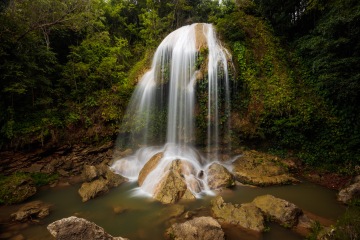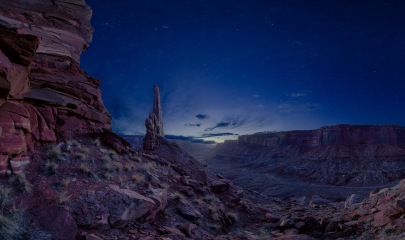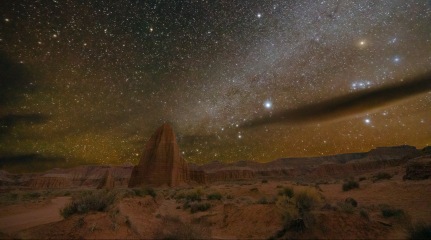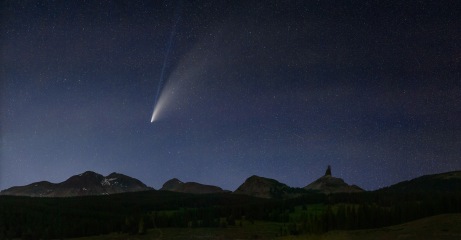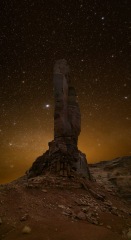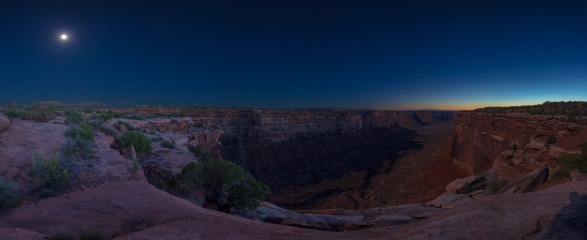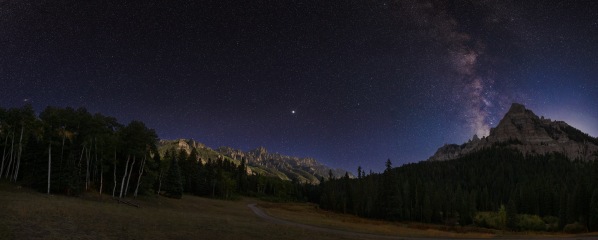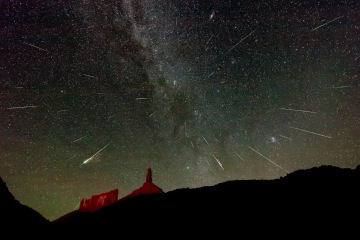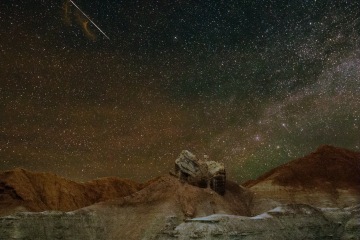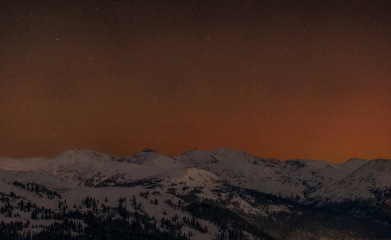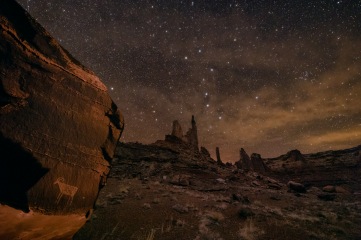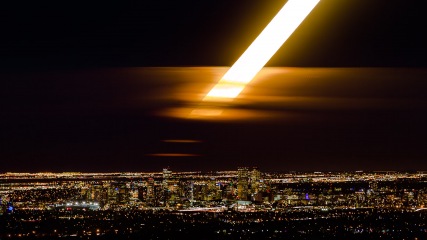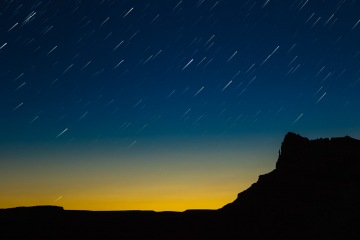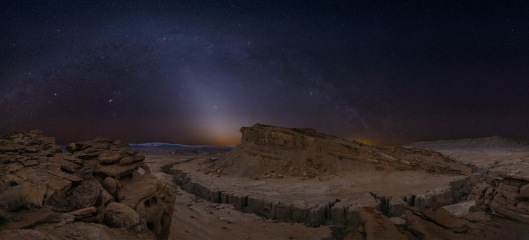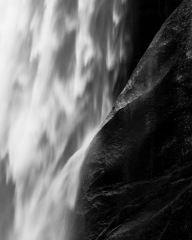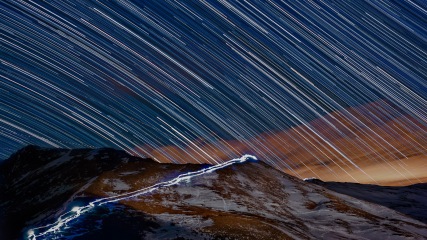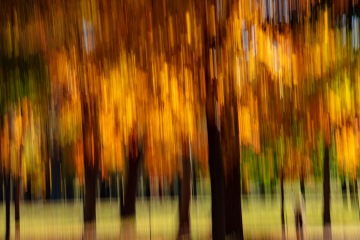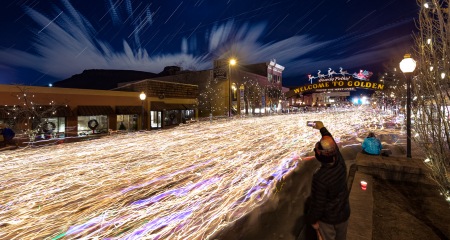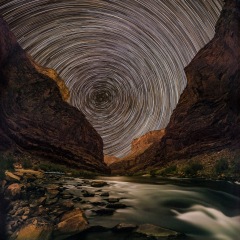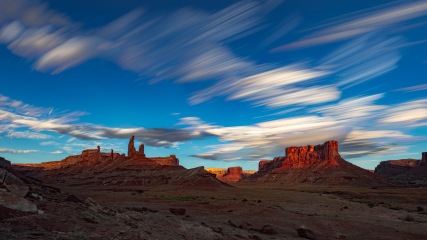Below is a summary and visual sample of what inspires me as a photographer, and thus serves as a general guide for the types of imagery that you will find here at CatchingTime.com. If you click on an image you will enter a gallery mode where you can view a high-resolution slideshow. All images are highly detailed due to the camera equipment and techniques that I use; most of the panoramic images are composed of dozens of images composited to produce a single large, very high-resolution image.
aes•the•tic
This collection of images is often called ‘Fine Art’ by many photographers, but I cannot presume to know what any given person considers ‘art’. I prefer to approach this collection as a window into how I see the world, and naturally illustrates what I find unique in the mundane. It’s more of a perception thing for me, and I tend toward an abstract presentation of a subject in a way that sometimes defies description or classification. Perhaps I strive to attenuate the chaos in the world around us, to present a minimalist view that focuses on a single detail, aspect, or feeling of a thing.
Earth
It’s just one small part of our solar system, and was long ago accreted from the building blocks of our galaxy and the universe beyond. Everything earthbound came from somewhere else, and yet the diversity that Earth has since convened is truly astonishing. Over the course of its 4.5 billion years Earth has given rise to nearly infinite lifeforms, myriad unique landforms, and hosts chaotic and ever-changing atmospheric effects that are a direct result of the abundance of liquid water on our planet. Air and water sculpt the land as conditions allow, while a subsequent lack of water can appear to freeze those forms in time. But, everything on the planet is ephemeral.
Night
I’ve always been drawn to the night, to that time when most humans are asleep, though many animals are awake. The twilights that intervene between day and night produce some of the finest light to be witnessed on Earth. Night is quiet, often calm; humans dream at night. Many consider night to be dark, foreboding and isolating. The relatively unknown Greek goddess of the night, Nyx, was feared even by Zeus, the sky and thunder god. But, there is also solitude to be found in the night, and infinite wonder can be seen in the heavens above. Night provides us a portal–quite literally–into time.
Light travels at a speed of 186,000 miles per second; astronomical distances are difficult to grasp, and are thus framed in terms of time (e.g. a ‘light year’, the distance light travels in one year). From the standpoint of physics, looking at the night sky is indeed looking into the past. When we look at the planet Saturn, the light that we see was reflected 20 minutes prior, while every star we see in the night sky lies within our own Milky Way Galaxy. Our sun’s closest neighbor, Proxima Centauri, is 4.2 light years away, while 6th magnitude V762 Cas is 16,000 light years distant. In the northern hemisphere, the only thing one can casually observe outside of our own galaxy is neighboring Andromeda Galaxy, which is 2.25 million light years from us.
Humanity
The human condition: it is unique and it is infinite. It is powerful, yet forlorn. It is hopeful and at the same time destructive. It is divided, but we are all one. We are capable of beautiful things: the creation of art and music, the realization of mathematics and science which give rise to technology; we coalesce around spirituality, though identity sometimes dissociates the common tenets thereof. Our ability to look forward and act upon said foresight separates us from other species on Earth, and yet we collectively find it difficult to discern relatively slow changes in our surroundings that portend upheaval of our ‘normal’. I’ve been to a few places around the world, and the thing that I find most interesting is that people are generally happy beings, regardless of how ostensibly good or bad their circumstance might appear. People are often indifferent of what they have or ought to have. It gives me hope that we will continue to thrive as we realize that we are one species.
Motion
The Earth is not static, nor is our solar system, our galaxy, or the universe. Humans are not static. The state of change is universal, and despite how much systems want to come to equilibrium, all components of those systems continue to move, to change. Man’s ability to adapt to change is one of the primary factors of our relatively recent success within the animal kingdom. Motion is inevitable; therefore change. When given the opportunity, I strive to incorporate into my images the motion of things around us. Humans are quite capable of detecting motion within our visual field; motion is more difficult to convey using ‘standard’ photographic techniques (i.e. the ‘snapshot in time’). The process of capturing motion thus requires more intent, more forethought to try to visualize what cannot be observed directly. Illustrating this motion in an image in an observable way therefore effectively conveys the capture of time.
Thus, the name of this website, Catching Time.
These are the primary themes that drive my photographic endeavors, and you can observe those catalysts in the galleries presented throughout this website. This site represents one human’s–one photographer’s–take on that which exists around us, whether of the Earth, or beyond. I hope you’ll spend a few minutes exploring, as you may find something unexpected, or come to view something you have experience with in a new way. We all see things differently, and I always try to contemplate the things around me as gifts. My goal as a photographer has always been to try to capture these often-obscured ‘gifts’ all around us so that they may be observed, and hopefully appreciated, by others.

